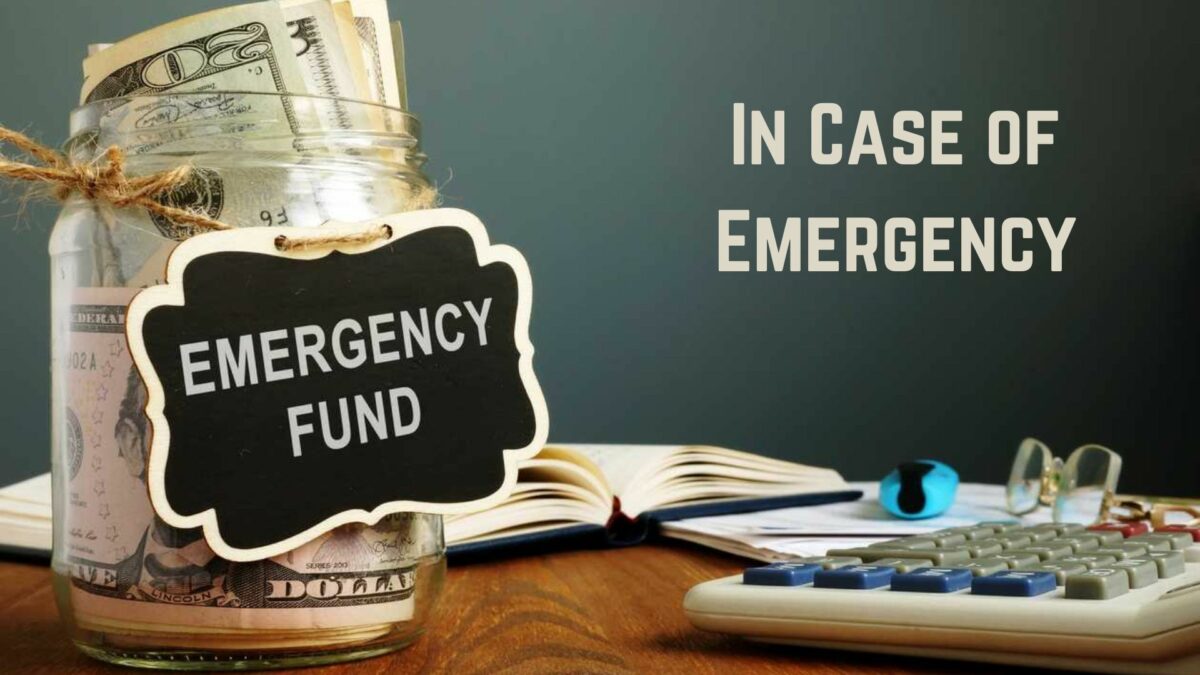“If there was a problem
Yo, I’ll solve it
Check out the hook while my DJ revolves it”
–Vanilla Ice

How many of you already have the earworm of that song going through your heads? You’re welcome.
This isn’t about bad early 90s rap.
It’s about another type of ICE:
In
Case of
Emergency
None of us like to think that anything bad will ever happen. Monkey Brain likes to think that we’ll be just like we are now (or an even younger, healthier version of ourselves, a la Al Bundy’s endless quarterback memories) for the rest of time.
It isn’t going to happen. If we’re lucky, we’ll get dragged out feet first after having had a painless end in the middle of the night while we were sleeping at an age which would make Methuselah jealous.
What happens, though, if something bad happens to you? You’re in a wreck or a plane crash or get hit by a car while you’re out jogging, like has happened to people I know?
Yeah, buzz kill. Leave it to me to be Mr. Debbie Downer.
However, if the unthinkable happens, you want emergency responders to know what to do and whom to contact, particularly if you’re rendered incapable of communicating. Emergency responders are trained to look for ICE information.
What should you have in your ICE pack?
-
- Emergency contact numbers. This should include both next of kin as well as your primary care physician. These people should know about your medical history and be able to explain any allergies or other risk factors that the responders need to know about. The responders can also notify the next of kin, emergency contacts, and physician about where you are being taken for treatment.
- Blood type. If you need a transfusion and you have type A blood, you don’t want to be injected with a bunch of type B blood. Bad juju.
- Allergies and drugs you’re taking. I have a pretty severe allergy to penicillin, so I definitely don’t want to be pumped full of it. Also, if you’re taking anything which would be contraindicated from something the emergency room doctors would give you, they need to know about it.
- Full description of yourself. This includes:
- Your full name
- Height
- Weight
- Eye color
- Hair color (natural, and dyed)
- Identifying marks such as scars
- Insurance information, including provider, group number, and plan number
- Notice that we don’t include your address. No need to give identity thieves any more information to work with.
- A shot record. No need for a tetanus shot if you received one last month.
- Where to find advanced medical directive (AMD) information. If you have a do not resuscitate (DNR) order, the responders need to know about it. Alternatively, keep a copy of your AMD information in your ICE pack.
Where should you store the ICE information?
- On you. Keep an ICE card in your wallet with basic info: who to contact in an emergency, allergies, blood type, and preexisting medical conditions
- A contact in your cell phone. That’s the first or second (probably second) place that emergency responders will look.
- On a thumb drive clearly marked ICE. This can include more information that the cell phone might not be able to store.
- On a quick response (QR) code. You can create a QR code here or here. Print it out and keep it on your person. If you can get it into your ICE contact, put it there too. Note: Pat from Feeling Financial had a great idea – use the QR code as your lock screen image labeled ICE if you have a password on your phone. EMTs typically don’t look at phones for ICE information, but hospitals frequently do.
Do you use an ICE pack? Tell us what other information it should contain in the comments below!
Author Profile
- John Davis is a nationally recognized expert on credit reporting, credit scoring, and identity theft. He has written four books about his expertise in the field and has been featured extensively in numerous media outlets such as The Wall Street Journal, The Washington Post, CNN, CBS News, CNBC, Fox Business, and many more. With over 20 years of experience helping consumers understand their credit and identity protection rights, John is passionate about empowering people to take control of their finances. He works with financial institutions to develop consumer-friendly policies that promote financial literacy and responsible borrowing habits.
Latest entries
 Low Income GrantsSeptember 25, 2023How to Get a Free Government Phone: A Step-by-Step Guide
Low Income GrantsSeptember 25, 2023How to Get a Free Government Phone: A Step-by-Step Guide Low Income GrantsSeptember 25, 2023Dental Charities That Help With Dental Costs
Low Income GrantsSeptember 25, 2023Dental Charities That Help With Dental Costs Low Income GrantsSeptember 25, 2023Low-Cost Hearing Aids for Seniors: A Comprehensive Guide
Low Income GrantsSeptember 25, 2023Low-Cost Hearing Aids for Seniors: A Comprehensive Guide Low Income GrantsSeptember 25, 2023Second Chance Apartments that Accept Evictions: A Comprehensive Guide
Low Income GrantsSeptember 25, 2023Second Chance Apartments that Accept Evictions: A Comprehensive Guide

